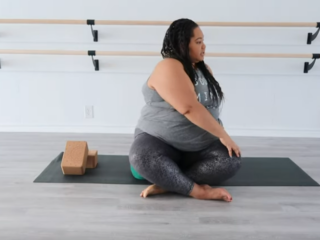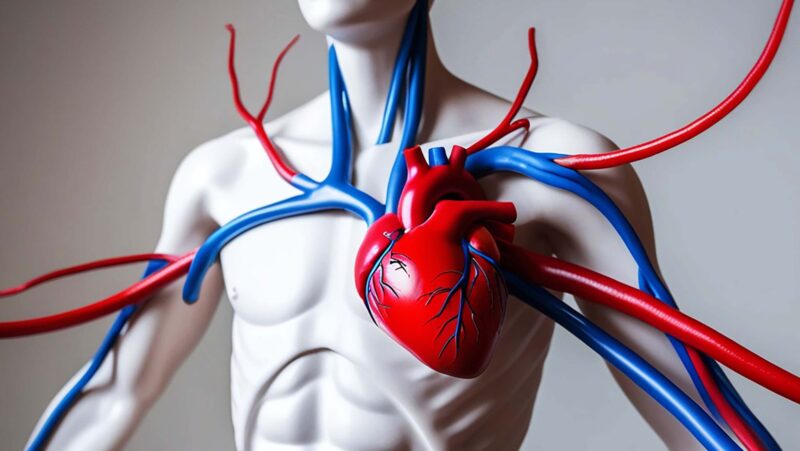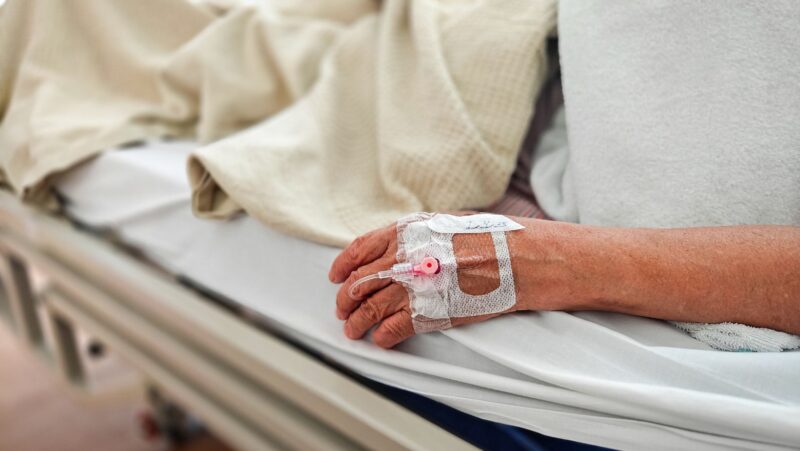
Engaging in home improvement projects can be incredibly rewarding, offering a sense of accomplishment and the opportunity to enhance your living space. However, these activities also come with their share of risks, from minor cuts and bruises to more serious injuries. Being prepared with a well-stocked first aid kit is crucial for ensuring a quick and effective response to any mishaps. This post outlines the essential first aid items you need to handle common injuries during DIY tasks, emphasizing the importance of items like safety gloves and an Automated External Defibrillator (AED).
Building a Comprehensive First Aid Kit
Your first aid kit should be easily accessible and contain the following items:
Bandages and Gauze: A variety of sizes for covering and protecting cuts, scrapes, and wounds.
Antiseptic Wipes and Creams: To clean and disinfect wounds, reducing the risk of infection.
Sterile Gloves: For protecting both the injured person and the one administering first aid.
Pain Relievers: Over-the-counter pain relief medications can alleviate discomfort from injuries.
Tweezers: Useful for removing splinters or debris from wounds.
Scissors: For cutting bandages or clothing if needed.
Cold Packs: To reduce swelling and alleviate pain from bumps and bruises.
Elastic Bandages: For wrapping sprains or strains.

Burn Gel or Cream: Essential for treating minor burns, a common home improvement injury.
Eye Wash Solution: To cleanse the eyes if exposed to dust or chemicals.
Special Considerations
Safety Gloves: Always include a pair of high-quality safety gloves in your kit. They are not just for prevention; they can also be used during first aid to protect against further injury, especially when dealing with broken glass or sharp edges.
Automated External Defibrillator (AED): If someone in your home is at risk for cardiac events, having an AED can be lifesaving. This is particularly important in scenarios where intense physical labor is involved, as in many home improvement projects.
First Aid Training
While having the right supplies is important, knowing how to use them is equally crucial. Consider taking a basic first aid course. Many community centers and hospitals offer training that includes how to use an AED, which can be invaluable in an emergency.
Regular Kit Maintenance
Check your first aid kit regularly. Replace any used or expired items, and ensure that items like bandages and gauze are always in good supply.
Creating a Safe Working Environment
Prevention is always better than cure. Apart from a first aid kit, ensure you are taking all necessary safety precautions during your DIY projects:
Wear Protective Gear: Always use appropriate safety gear, including safety gloves, goggles, and masks.

Keep Your Work Area Clean and Organized: A tidy workspace can prevent many accidents.
Be Mindful of Your Limits: Don’t overexert yourself, and take regular breaks.
Conclusion
Being prepared with a well-equipped first aid kit is a critical aspect of any home improvement endeavor. By including essentials like bandages, antiseptics, safety gloves, and even an AED, you can ensure that you’re ready to handle any accidents that might occur. Remember, the best way to enjoy DIY projects is to do them safely, and part of that safety is being prepared for any mishaps.










